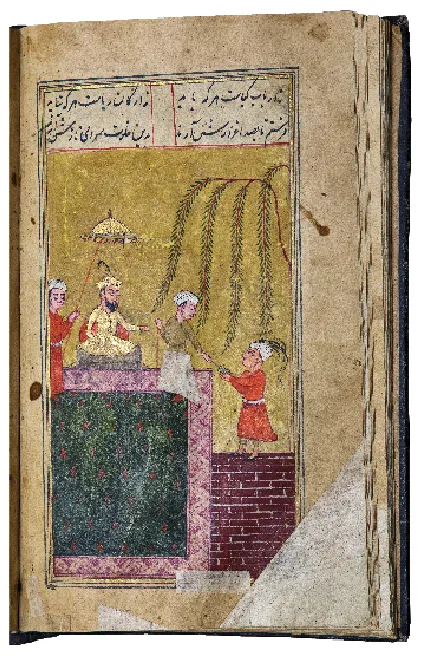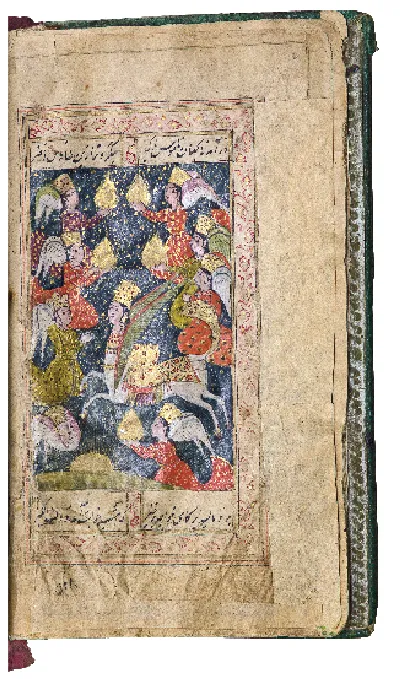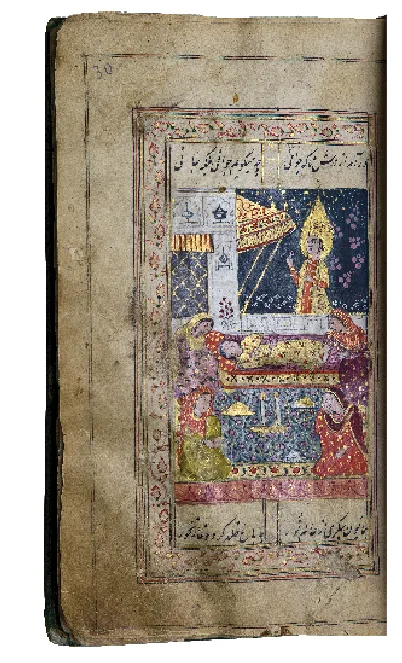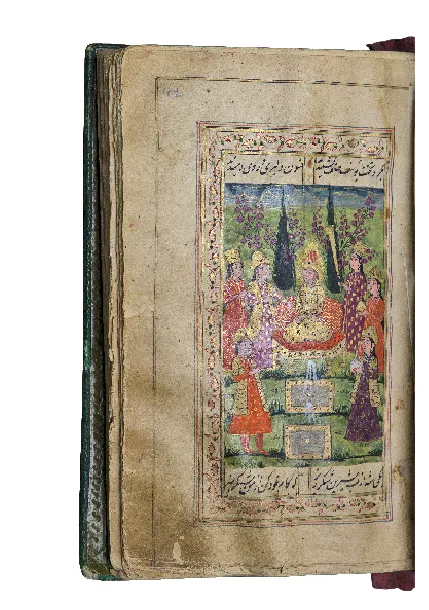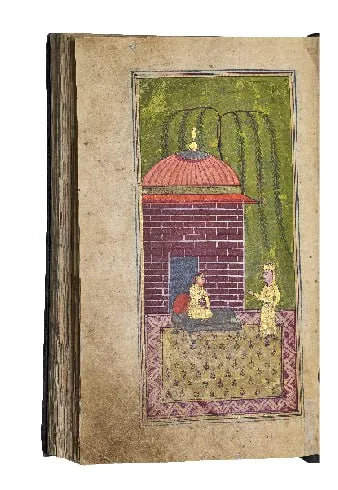The Turkic-speaking and Persian-speaking calligraphers in Mawarannahr, Azerbaijan and Iran equally contributed to the development of new types of scripts. Such scripts as Ta’liq, Nasta’liq, Shikaste, Majari, Ijaza, Diwani, Jali-Diwani, Riq’a, Kirma and Siyoqat made a start from the local traditions of writing. For example, Ta’liq scipt was close to the ancient and medieval written language of Iran – Pahlavi.
Since the 14th century in Central Asia and Khurasan, significant transformations began happening in various spheres of public life. A new rise in culture marked the period of the Timurids (the last quarter of the 14th – 15th centuries). It also influenced on the art of calligraphy, directly related to literature and science, which led to the formation of several calligraphic schools in the region, uniting skilled calligraphers.
You can learn more about the development of calligraphy in the book-album “The Collection of the Al-Biruni Institute of Oriental, the Academy of Sciences of the Republic of Uzbekistan” (part five, “Miniature and Calligraphy”) (Volume XXV) from the series from the series "Cultural Legacy of Uzbekistan in the World Collections".
The main sponsor of the project is the oilfield services company Eriell-Group.
